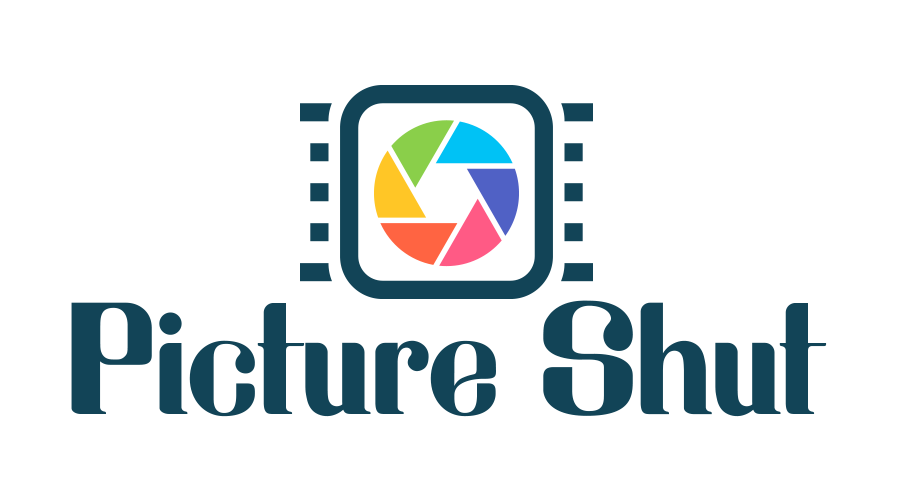A strong foundation and planning are essential to creating a compelling video. Here’s how storyboarding and scripting work together to bring your next video project to life.
Your Video’s Voice: How to Write Your Script
The script is the blueprint for your video, outlining all of the dialogue, narration, and on-screen texts. Here’s what you should include:
- Scene breakdowns: Break your video down into scenes with clear purposes and locations.
- Dialogue and narration: Write all parts of the dialogue, making sure they flow naturally.
- Text for the screen: This is any text you want to appear on your screen, like titles, captions, or informational overlays.
- Visual descriptions: Write a few sentences describing the visual elements happening in each scene. This will help you create your storyboard.
Storyboarding: Bring Your Script to Life
Storyboards are a visual representation that translates your script into images. Imagine it as a comic strip. What should your storyboard include?
- Panels: Divide the storyboard into sections, with each panel representing a shot or sequence from your video.
- Sketches: They don’t have to be masterpieces of art. Focus on the composition of every shot. Showcase camera angles, scene elements, and subject placement.
- Descriptions: Describe the action in each panel by referencing the relevant part of your script.
The Power of Pairing
The script and storyboard go hand in hand. Storyboards translate the script into visuals. The script is the foundation for the narrative. Here’s how they can benefit your project:
- Clarity and communication: These tools provide a clear roadmap for the entire team, including directors and videographers. Everyone shares a common understanding of the video’s flow, visuals, and pace.
- Problem-solving: Storyboards can help you identify problems early, such as unclear transitions or logistical issues. They allow adjustments to be made before shooting starts, saving both time and money.
- Enhanced creativity: Storyboards enhance creativity by allowing you to test different camera angles and shot compositions before filming. Visual planning encourages collaboration and creative brainstorming.
Takeaway:
Storyboarding and scripting aren’t just fancy extras. They are crucial steps in creating a professional and effective video. You’ll have a better chance of creating a video that resonates with your target audience and meets your marketing goals if you plan it visually and verbally. Grab your pen and unleash the filmmaker in you—now is the time to storyboard and script your next video masterpiece.
This post was written by a professional at Ra Media. For all your photography and videography needs, Ra Media is the TOP Healthcare marketing Orlando FL, and we do it all! With over 10 years of experience, we deliver high quality, professional results that will bring your vision to life! We cover weddings and events, cover photoshoots, headshots, food, cars, and everything in between. We also create video and photo content for social media, including reels, ads, VSLs and so much more! Reach out your ideas to receive a direct quote.


